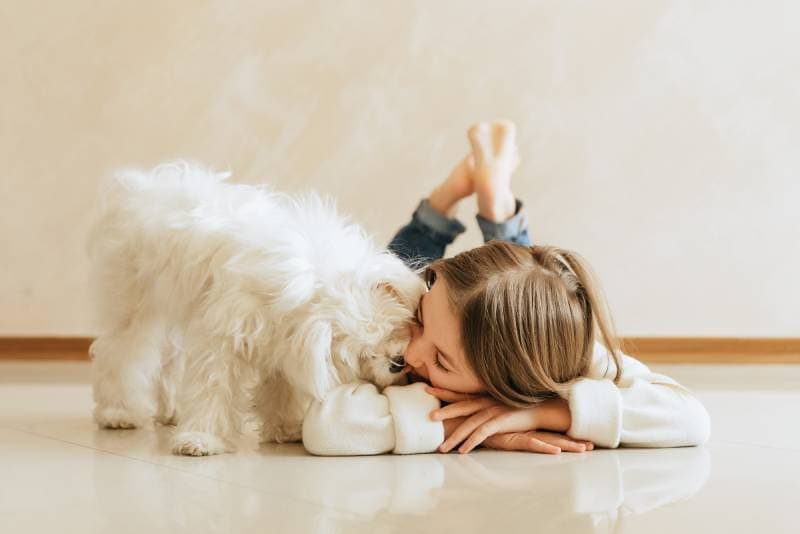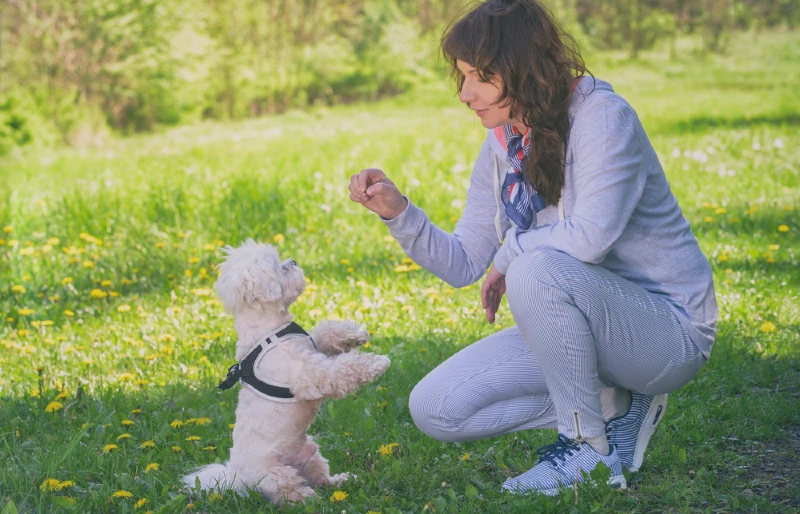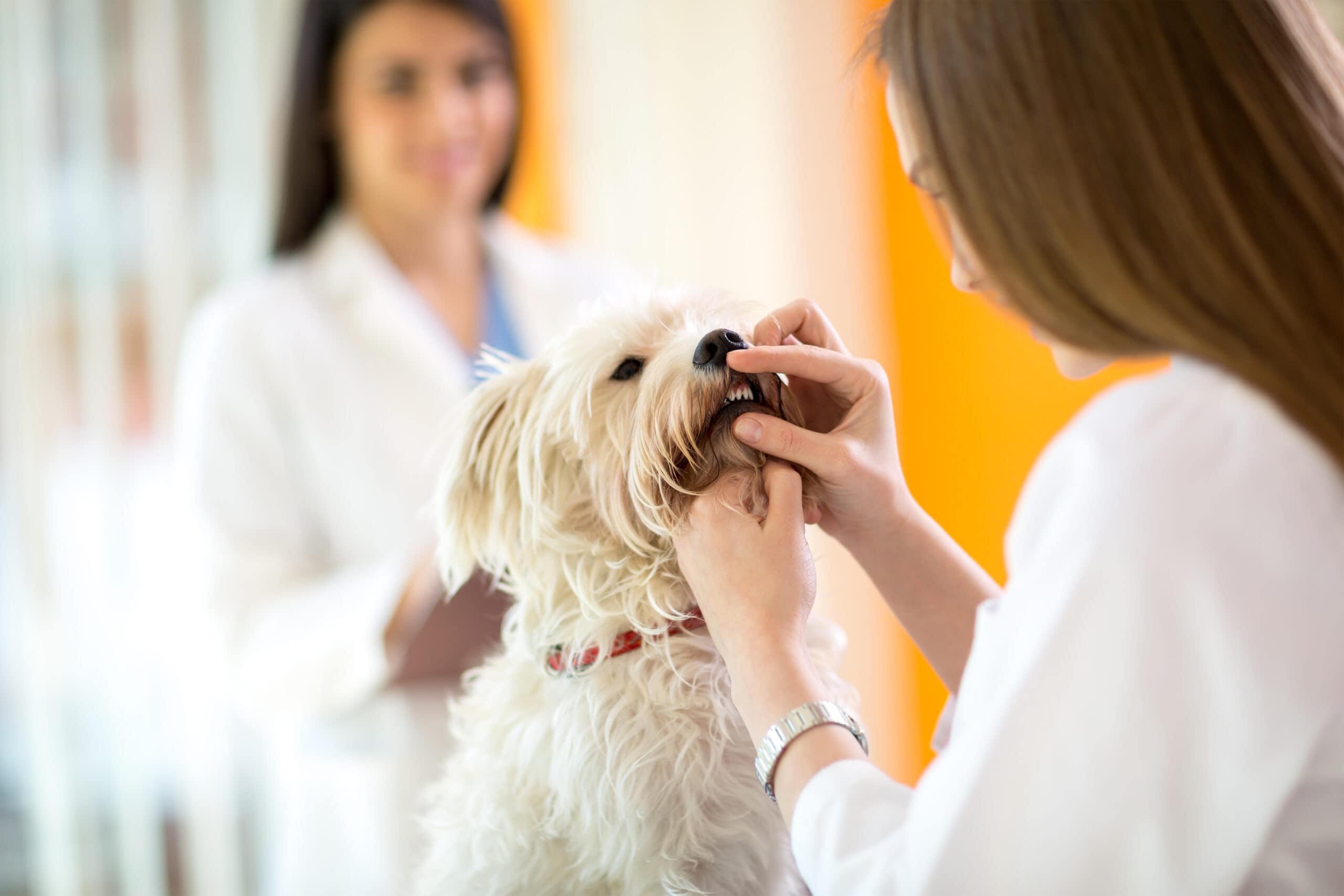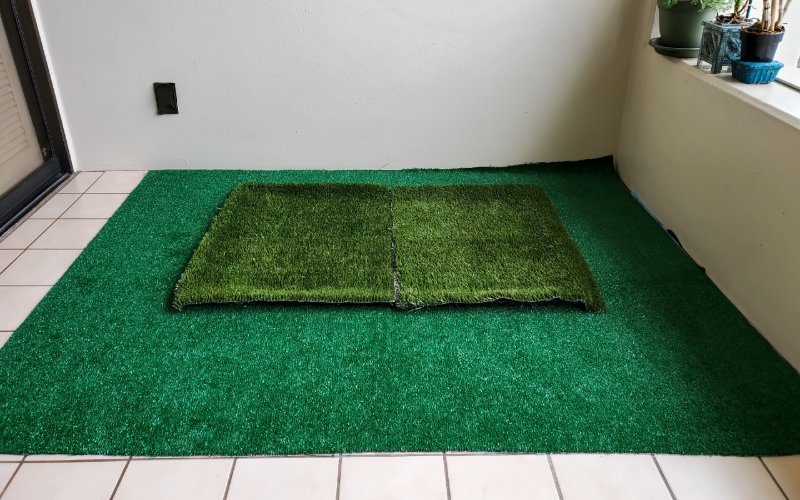Are Maltese Good With Kids? Facts & Training Tips

Updated on

Click to Skip Ahead
Cuteness galore: that’s the best way to describe the Maltese. These toy dogs stand out thanks to their lush coats, big, beautiful eyes, and adorable ears. Loyal, affectionate, and protective of its family, the Maltese is a keeper. But can you trust it with your children? Is it safe around kids? Generally, yes, the Maltese are playful, friendly, and full of trust.
However, they don’t do well with loud, raucous kiddos. That’s why obedience training is a must. Also, don’t forget to teach the kids how to behave around this pet. How do you train a chap like the Maltese, though? Will it get along with the children after that? How do you keep it safe? We have the answers right here!
Is This a Friendly Breed?
The short answer is yes, it most definitely is. These toy dogs are just as playful and charming as you’d imagine. So, if you’re looking for a cheerful, joyful, and energetic furry bud to join your family, the Maltese will be a great choice. More than that, while they don’t necessarily look the part, Maltese are courageous watch dogs! True, a 7-inch pooch might not be able to scare away a burglar.
But as watchers that sound the alarm whenever they sense danger, these guys are great. Besides, seeing a tiny doggo like the Maltese being protective of its family is such a wholesome experience. They are generally open towards strangers (both humans and animals), though, and won’t start barking the second they see an unfamiliar face.

Can You Trust Maltese With Your Children?
Young kids with little supervision should never be left alone with a Maltese dog. Now, this is a friendly, affectionate breed, and when treated right, it can turn into a child’s best friend. With the dog’s help, your kids will be more active, social, open-hearted, and confident. However, without obedient training and early socializing, the Maltese will “snap” every time the children get a bit too touchy.
Kiddos tend to be overzealous sometimes, and for a tiny animal like the Maltese, that can feel like a threat. These dogs have a loud bark and often bite when they feel anxious or in danger. That’s exactly why it’s so important to teach kids how to interact with their pets. Otherwise, they may accidentally step on, hit, or drop the poor doggo. But, if you have older kids (9 years+) with supervision, the Maltese will be a lovely companion.
Maltese Jealousy Toward Kids: How Can You Spot It?
Sometimes, Maltese develop jealousy toward children or even infants. And it’s not that hard to see the signs:
- The jealousy usually comes in the form of hissing, growling, or even biting.
- In other cases, the dogs become unusually clingy and try to keep their owners occupied by sitting on their lap or jumping up and down.
- In a severe case, you’ll find your Maltese relieving itself in the most uncommon spots (again, to grab your attention).
- Frustrated, upset, and jealous Maltese dogs are also known to leave the house or just the room that you and your kids frequently visit.

Training a Maltese Dog: A Quick Guide
Thanks to its compliant, playful character, this breed is relatively easy to train. To turn the Maltese into an obedient dog, it’s best to start the training while it’s still a pup. First, like most dogs, these chaps catch on much quicker while they’re still in the development stage. Secondly, the sooner you socialize the dog and teach it right from wrong, the better the pooch will be with kids, strangers, and other pets.
The trickiest part is to find the golden middle between being a harsh trainer and a friendly guide. Maltese thrive in a safe environment. Make sure to reward your bud with treats and encouraging words whenever it follows your commands. Now, these dogs are eager to please; however, they can also be rather stubborn. So, arm yourself with patience and a positive attitude!
- Socialize the dog at a very young age. Introduce them to as many members of your family (especially the children) as possible.
- Don’t be a pushy, demanding owner. If the dog doesn’t feel like playing with the kids, leave it alone.
- Positive reinforcement is a powerful tool. Use it to encourage the Maltese every time it starts playing with the little ones.
- Next, when in training, teach the dog that jumping on people is not ok. This way, you can protect the kids from potential harm.
- Ground rules matter. Let both the children and the Maltese know that stealing food from each other’s plates is not okay.
- Lastly, never leave the dog and the kids alone in one room.

The 4 Common Maltese Health Issues
This is one of the toughest, most resilient breeds. Maltese live for up to 15 years and don’t have nearly as many health issues compared to other dogs. But as an owner, you should still know that Maltese are susceptible to various conditions, including luxating patella, PDA, and liver shunts. Here’s a more detailed look at each health concern and how to treat them:
1. Luxating Patella
This is an inherent condition that’s characterized by dislocated kneecaps (they slide out of the grooves). It can affect either one or both kneecaps, but, in most cases, luxating patella doesn’t cause the dog any pain. It will make life harder for the pet, though. Keep a close eye on the Maltese: if it tends to run on three legs or skips a step, that means it’s suffering through a luxating patella.
Often, the dog goes back to using all four legs once the kneecap “pops” back in. When left untreated, this condition may lead to more serious health issues like arthritis. If it’s a mild case, the right set of exercises and physiotherapy should fix it. Unfortunately, in a severe case, surgery might be the only solution. That’s why regular veterinary checks are vital!

2. Patent Ductus Arteriosus
PDA is another genetic condition, but, instead of the kneecaps, it has to do with the heart. Patent ductus arteriosus affects the blood flow in the dog’s body and puts extra pressure on the left side of the heart. Why does this happen? There’s an opening between the aorta and the pulmonary artery. Naturally, it closes right after birth; when that doesn’t happen, it leads to PDA.
When left untreated, this condition may lead to partial or complete failure of the left side of the Maltese’s heart. The most common side effect is heavy/difficulty breathing, along with slow growth. Also, if the dog doesn’t want to train, exercise, or play with you, chances are, it has PDA. But don’t worry—veterinary surgeons can close that “gap” and save the doggo. Medications might be mandatory, though.
- Halted growth
- Abnormal pulses
- Loud heart murmur
- Heavy breathing
- Potential weight loss
- Longer naps than usual
- Lack of responsiveness
- Lack of activity
3. Portosystemic Shunt
The liver has one critical job: to cleanse the blood of toxins before it flows back into the veins. But, when the Maltese suffer from a birth defect called congenital portosystemic shunt, the liver fails at performing its duties. A liver shunt is an abnormal condition in which the blood flow in the liver is blocked by “extra” veins/connections.
Halted growth, frequent seizures, weight loss, bad appetite, and disorientation are the common signs of liver shunts, along with frequent drinking and urinating. A proper diet combined with vet-approved meds should fix the issue. If not, surgery is always an option.
- Slow growth/muscle development
- Disorientation, slow responses
- Head pressing/circling
- Lack of proper appetite
- Vomiting and diarrhea
- Too much drinking and urinating
- Regular seizures
- Weight loss
4. Dental Diseases
Just like all fellow toy dog breeds, Maltese have weak teeth. To keep them healthy, you need to brush their teeth daily. Also, don’t ever use “human” toothpaste; instead, buy a paste that was specifically formulated for dogs and is recommended by your veterinarian. Regular professional cleanings should also be a part of the routine.

 Conclusion
Conclusion
The Maltese are charming, faithful dogs that get attached to their families. Despite their tiny size and cute personalities, they are quite the protectors and have a loud bark. The breed is relatively easy to train, too, as it’s eager to please. Overall, these dogs are excellent companions. That said, the Maltese do have a stubborn side and require lots of positive reinforcement.
While they are affectionate and have good hearts, interactions with kids should always be monitored by an adult. If your children are overly curious and like to get physical with pets, this dog won’t like that and might get hurt. Thankfully, a little bit of training and supervision can go a long way here!
Featured Image Credit: Mihalovna, Shutterstock










